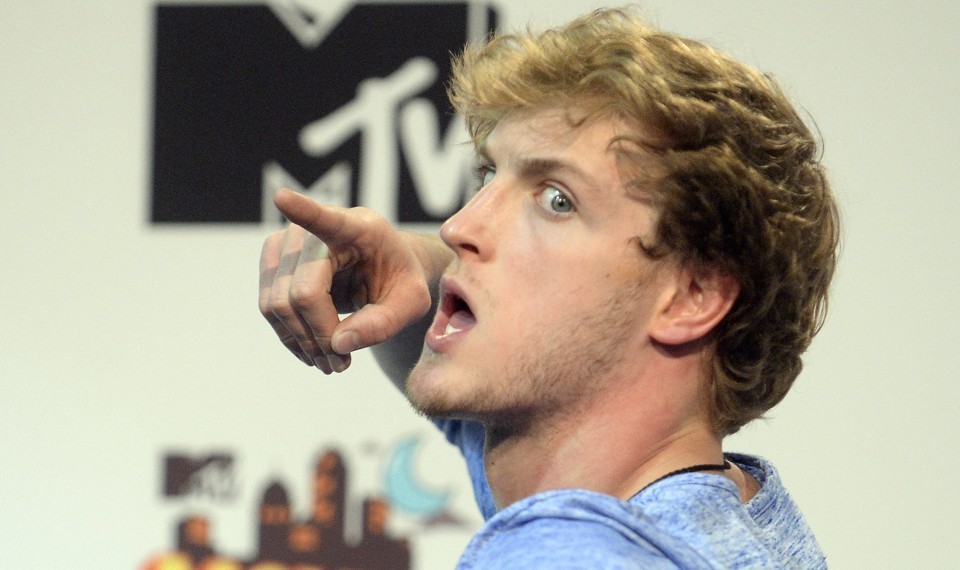Last month, I wrote about YouTube’s disastrous year. In 2017 the platform struggled under the weight of controversies involving their biggest producers, advertisers pulling out, and creators being left in the dark. Now, Google have announced more sweeping changes to the criteria for monetisation, and these are unlikely to alleviate that strain.
The company has introduced a higher bar that channels must reach before they can monetise their videos. Now, uploaders must hit 1,000 subscribers and 4,000 total hours watched before they can join the YouTube Partner Program. That change was controversial enough, but it also stripped previously-monetised channels of the privilege if they didn’t already meet the requirements. Overnight, thousands of channels lost valuable income.
It’s a real, hard bookend to YouTube’s troubles over the past year, and another terrible blow for small, creative channels. Paul Muret, Google’s Vice President of Engineering, addressed the changes in a blog post, saying that they will also be “closely monitoring” things like spam, community strikes and abuse flags to maintain a level of quality.
“This combination of hard-to-game user signals and improved abuse indicators will help us reward the creators who make engaging content while preventing bad actors and spammers from gaming the system,” Muret continued. But while it’s easy to see that the new requirements will require real effort to achieve, they fail to address how those smaller channels will actually get there, and brush aside the countless channels which are being stripped of the monetisation they’d already earned.
It also contradicts the overall sentiment of Susan Wojcicki’s statement last month, when she claimed that December’s changes would allow the company more manual control over advertising. It seems that rather than managing the entire platform, they’d rather cull it down to a size they can actually manage.
Meanwhile, in a well-timed move, streaming platform Twitch announced a piece of software called Video Producer, which provides support for broadcasting pre-made content. The announcement not only expands the potential audience for Twitch, but also shows the company leveraging its resources and partnerships to move in on YouTube’s territory as a real competitor.
YouTube recently came under fire for its handling of a controversial video from Logan Paul, one of the site’s most popular personalities. In a video that has since been deleted, the Vlogger visited Aokigahara in Japan, also known as the Sea of Trees or “suicide forest”. The video showed him and his friends discovering a dead body and reacting with laughter and confusion. Instead of stopping the recording and leaving, Paul edited, uploaded and monetised the video, attracting considerable heat for displaying a dead body.
Paul was quick to apologise, before disappearing for a few weeks to make a self-indulgent and terribly ignorant PSA on suicide. The situation once again pulled Google’s processes into question, with many wondering how such a video can be monetised—especially on a channel with a primarily young audience. From the outside, it appears that Google may have grown YouTube into a platform that is beyond their control – or beyond the point where it’s in their interests to control it.
Twitch’s recent moves may be what the online creators scene needs to make Google more proactive about its community. The years of video monopoly have obviously taken their toll, and YouTube can no longer sustain itself without proper guidance and policy. The problem, though, is that creators are continually left in the dark.




